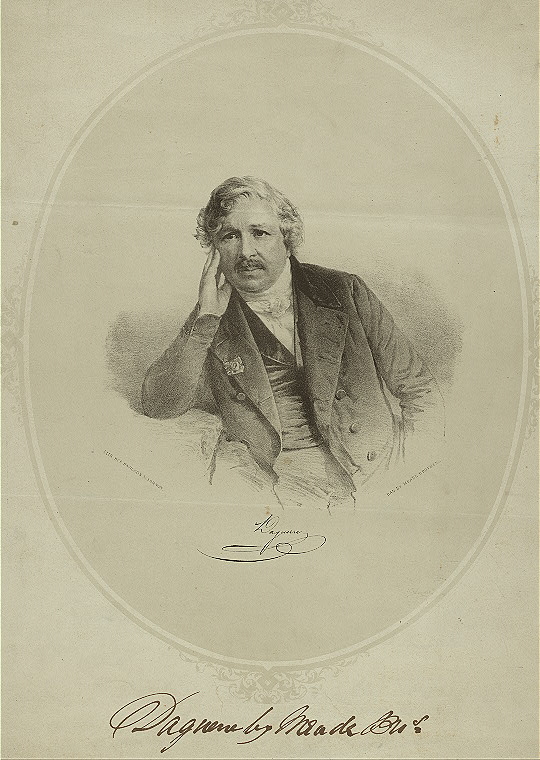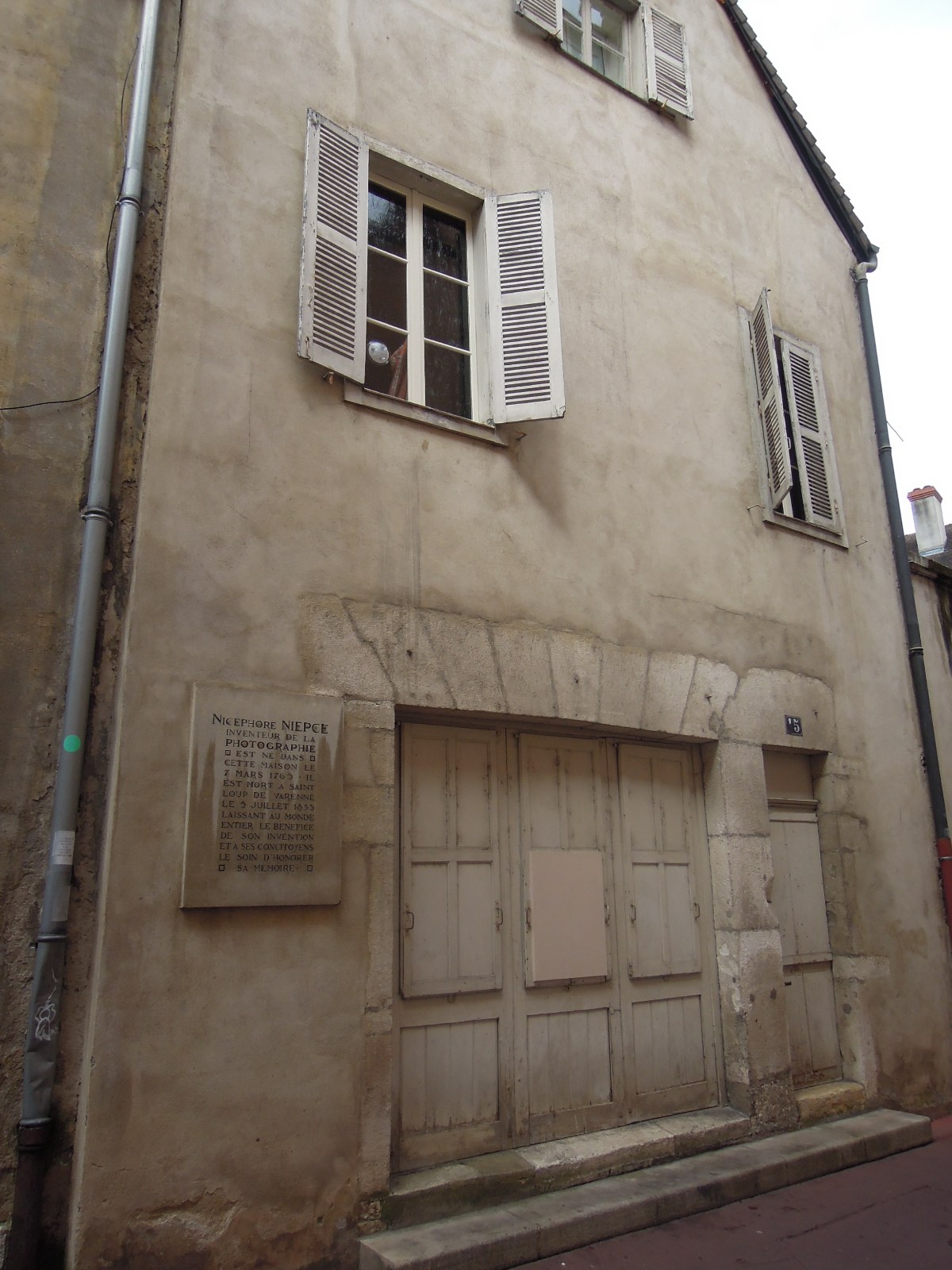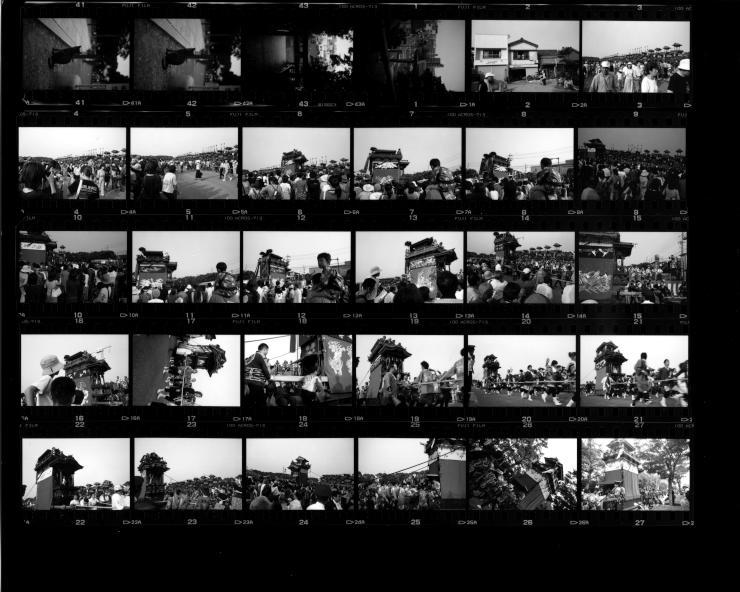|
Talbotype
Calotype or talbotype is an early photographic process introduced in 1841 by William Henry Fox Talbot, using paper coated with silver iodide. Paper texture effects in calotype photography limit the ability of this early process to record low contrast details and textures. The term ''calotype'' comes from the Ancient Greek (), "beautiful", and (), "impression". The process Talbot made his first successful camera photographs in 1835 using paper sensitised with silver chloride, which darkened in proportion to its exposure to light. This early "photogenic drawing" process was a ''printing-out'' process, i.e., the paper had to be exposed in the camera until the image was fully visible. A very long exposure—typically an hour or more—was required to produce an acceptable negative. In late 1840, Talbot worked out a very different ''developing-out'' process (a concept pioneered by the daguerreotype process introduced in 1839), in which only an extremely faint or completely invis ... [...More Info...] [...Related Items...] OR: [Wikipedia] [Google] [Baidu] |
Salt Print
The salt print was the dominant paper-based photographic process for producing positive prints (from negatives) from 1839 until approximately 1860. The salted paper technique was created in the mid-1830s by English scientist and inventor Henry Fox Talbot. He made what he called "sensitive paper" for "photogenic drawing" by wetting a sheet of writing paper with a weak solution of ordinary table salt (sodium chloride), blotting and drying it, then brushing one side with a strong solution of silver nitrate. This produced a tenacious coating of silver chloride an especially light-sensitive chemical condition. The paper darkened where it was exposed to light. When the darkening was judged to be sufficient, the exposure was ended and the result was stabilized by applying a ''strong'' solution of salt, which altered the chemical balance and made the paper only slightly sensitive to additional exposure. In 1839, washing with a solution of sodium thiosulfate ("hypo") was found to be the m ... [...More Info...] [...Related Items...] OR: [Wikipedia] [Google] [Baidu] |
William Fox Talbot
William Henry Fox Talbot Fellow of the Royal Society, FRS FRSE Royal Astronomical Society, FRAS (; 11 February 180017 September 1877) was an English scientist, inventor, and photography pioneer who invented the Salt print, salted paper and calotype processes, precursors to photographic processes of the later 19th and 20th centuries. His work in the 1840s on photomechanical reproduction led to the creation of the photoglyphic engraving process, the precursor to photogravure. He was the holder of a controversial patent that affected the early development of commercial photography in Britain. He was also a noted photographer who contributed to the development of photography as an artistic medium. He published ''The Pencil of Nature'' (1844–46), which was illustrated with original salted paper prints from his calotype Negative (photography), negatives and made some important early photographers of York, early photographs of Oxford, Paris, Reading, Berkshire, Reading, and York. A p ... [...More Info...] [...Related Items...] OR: [Wikipedia] [Google] [Baidu] |
Louis Daguerre
Louis-Jacques-Mandé Daguerre ( , ; 18 November 1787 – 10 July 1851) was a French artist and photographer, recognized for his invention of the eponymous daguerreotype process of photography. He became known as one of the fathers of photography. Though he is most famous for his contributions to photography, he was also an accomplished painter, scenic designer, and a developer of the diorama theatre. Biography Louis Daguerre was born in Cormeilles-en-Parisis, Val-d'Oise, France. He was apprenticed in architecture, theatre design, and panoramic painting to Pierre Prévost, the first French panorama painter. Exceedingly adept at his skill of theatrical illusion, he became a celebrated designer for the theatre, and later came to invent the diorama, which opened in Paris in July 1822. In 1829, Daguerre partnered with Nicéphore Niépce, an inventor who had produced the world's first heliograph in 1822 and the oldest surviving camera photograph in 1826 or 1827. Niépce die ... [...More Info...] [...Related Items...] OR: [Wikipedia] [Google] [Baidu] |
Acetic Acid
Acetic acid , systematically named ethanoic acid , is an acidic, colourless liquid and organic compound with the chemical formula (also written as , , or ). Vinegar is at least 4% acetic acid by volume, making acetic acid the main component of vinegar apart from water and other trace elements. Acetic acid is the second simplest carboxylic acid (after formic acid). It is an important Reagent, chemical reagent and industrial chemical, used primarily in the production of cellulose acetate for photographic film, polyvinyl acetate for wood Adhesive, glue, and synthetic fibres and fabrics. In households, diluted acetic acid is often used in descaling agents. In the food industry, acetic acid is controlled by the E number, food additive code E260 as an acidity regulator and as a condiment. In biochemistry, the acetyl group, derived from acetic acid, is fundamental to all forms of life. When bound to coenzyme A, it is central to the metabolism of carbohydrates and fats. The global ... [...More Info...] [...Related Items...] OR: [Wikipedia] [Google] [Baidu] |
England
England is a country that is part of the United Kingdom. It shares land borders with Wales to its west and Scotland to its north. The Irish Sea lies northwest and the Celtic Sea to the southwest. It is separated from continental Europe by the North Sea to the east and the English Channel to the south. The country covers five-eighths of the island of Great Britain, which lies in the North Atlantic, and includes over 100 smaller islands, such as the Isles of Scilly and the Isle of Wight. The area now called England was first inhabited by modern humans during the Upper Paleolithic period, but takes its name from the Angles, a Germanic tribe deriving its name from the Anglia peninsula, who settled during the 5th and 6th centuries. England became a unified state in the 10th century and has had a significant cultural and legal impact on the wider world since the Age of Discovery, which began during the 15th century. The English language, the Anglican Church, and Engli ... [...More Info...] [...Related Items...] OR: [Wikipedia] [Google] [Baidu] |
Edinburgh Calotype Club
The Edinburgh Calotype Club (1843 – c.1850s) of Scotland was the first photographic club in the world. Its members consisted of pioneering photographers primarily from Edinburgh and St Andrews. The efforts of the Club's members resulted in the production of two of the world's earliest assembled photographic albums, consisting of more than 300 images. Foundation The group was formed after the introduction of calotype photography to Edinburgh gentlemen by David Brewster, then Principal of St Andrews University, and also a close friend of the inventor of the calotype process, Henry Fox Talbot. Talbot sent Brewster examples of his work well before publishing on his findings, and it was Brewster who suggested that Talbot should only patent his invention in England, and not Scotland, which eventually allowed for the club's formation. Talbot sent Brewster examples of his calotype photography, but Brewster had to turn to a colleague at St Andrews, the Professor of Chemistry Dr J ... [...More Info...] [...Related Items...] OR: [Wikipedia] [Google] [Baidu] |
Patent
A patent is a type of intellectual property that gives its owner the legal right to exclude others from making, using, or selling an invention for a limited period of time in exchange for publishing an enabling disclosure of the invention."A patent is not the grant of a right to make or use or sell. It does not, directly or indirectly, imply any such right. It grants only the right to exclude others. The supposition that a right to make is created by the patent grant is obviously inconsistent with the established distinctions between generic and specific patents, and with the well-known fact that a very considerable portion of the patents granted are in a field covered by a former relatively generic or basic patent, are tributary to such earlier patent, and cannot be practiced unless by license thereunder." – ''Herman v. Youngstown Car Mfg. Co.'', 191 F. 579, 584–85, 112 CCA 185 (6th Cir. 1911) In most countries, patent rights fall under private law and the patent holder mus ... [...More Info...] [...Related Items...] OR: [Wikipedia] [Google] [Baidu] |
Nicéphore Niépce
Joseph Nicéphore Niépce (; 7 March 1765 – 5 July 1833), commonly known or referred to simply as Nicéphore Niépce, was a French inventor, usually credited with the invention of photography. Niépce developed heliography, a technique he used to create the world's oldest surviving product of a photographic process: a print made from a photoengraved printing plate in 1825. In 1826 or 1827, he used a primitive camera to produce the oldest surviving photograph of a real-world scene. Among Niépce's other inventions was the Pyréolophore, one of the world's first internal combustion engines, which he conceived, created, and developed with his older brother Claude Niépce. Biography Early life Niépce was born in Chalon-sur-Saône, Saône-et-Loire, where his father was a wealthy lawyer. His older brother Claude (1763–1828) was also his collaborator in research and invention, but died half-mad and destitute in England, having squandered the family wealth in pursuit of n ... [...More Info...] [...Related Items...] OR: [Wikipedia] [Google] [Baidu] |
Contact Print
A contact print is a photographic image produced from film; sometimes from a film negative, and sometimes from a film positive or paper negative. In a darkroom an exposed and developed piece of film or photographic paper is placed emulsion side down, in contact with a piece of photographic paper, light is briefly shone through the negative or paper and then the paper is developed to reveal the final print. The defining characteristic of a contact print is that the resulting print is the same size as the original, rather than having been projected through an enlarger. Basic tools Contact printing is a simple and inexpensive process. Its simplicity avails itself to those who may want to try darkroom processing without buying an enlarger. One or more negatives are placed on a sheet of photographic paper which is briefly exposed to a light source. The light may come from a low wattage frosted bulb hanging above an easel which holds them together, or contained in an exposure ... [...More Info...] [...Related Items...] OR: [Wikipedia] [Google] [Baidu] |
Positive-negative Film
Positive-negative film is instant photographic film that generates both a positive print and a negative from a single exposure on a single medium. Polaroid Type 55 Polaroid Type 55 film is a black-and-white peel-apart Polaroid film that yields both a positive print and a negative image that can be used to create enlargements. The film speed is given by the manufacturers as 50 ISO, however that applies onl ..., Polaroid Type 665, and Polaroid Type 105 are notable films of this variety. References {{photography-stub Photographic film types ... [...More Info...] [...Related Items...] OR: [Wikipedia] [Google] [Baidu] |
Translucent
In the field of optics, transparency (also called pellucidity or diaphaneity) is the physical property of allowing light to pass through the material without appreciable scattering of light. On a macroscopic scale (one in which the dimensions are much larger than the wavelengths of the photons in question), the photons can be said to follow Snell's law. Translucency (also called translucence or translucidity) allows light to pass through, but does not necessarily (again, on the macroscopic scale) follow Snell's law; the photons can be scattered at either of the two interfaces, or internally, where there is a change in index of refraction. In other words, a translucent material is made up of components with different indices of refraction. A transparent material is made up of components with a uniform index of refraction. Transparent materials appear clear, with the overall appearance of one color, or any combination leading up to a brilliant spectrum of every color. The opposite ... [...More Info...] [...Related Items...] OR: [Wikipedia] [Google] [Baidu] |
Sodium Thiosulphate
Sodium thiosulfate (sodium thiosulphate) is an inorganic compound with the formula . Typically it is available as the white or colorless pentahydrate, . The solid is an efflorescent (loses water readily) crystalline substance that dissolves well in water. Sodium thiosulfate is used in gold mining, water treatment, analytical chemistry, the development of silver-based photographic film and prints, and medicine. The medical uses of sodium thiosulfate include treatment of cyanide poisoning and pityriasis. It is on the World Health Organization's List of Essential Medicines. Uses Sodium thiosulfate is used predominantly in industry. For example, it is used to convert dyes to their soluble colorless forms, which are called leuco. It is also used to bleach "wool, cotton, silk, ...soaps, glues, clay, sand, bauxite, and... edible oils, edible fats, and gelatin." Medical uses Sodium thiosulfate is used in the treatment of cyanide poisoning. Other uses include topical treatment of ... [...More Info...] [...Related Items...] OR: [Wikipedia] [Google] [Baidu] |






.jpg)



